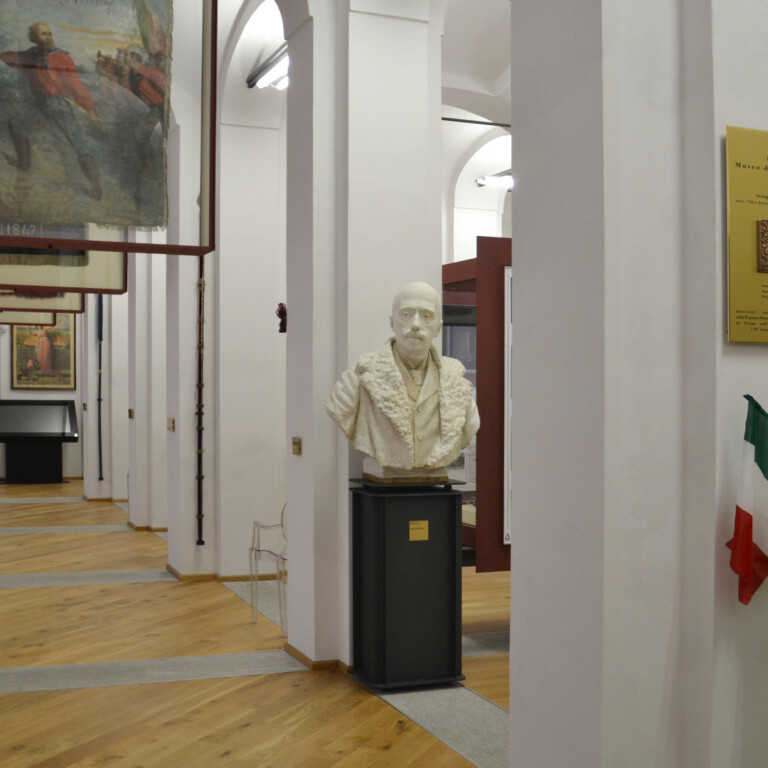Historical Museum
MUSEO DEL RISORGIMENTO DI ASTI
 included
includedFor the 150th anniversary of the Unification of Italy, the Municipality of Asti has carried out a twofold operation: the reopening of the Museum of the Risorgimento in Palazzo Ottolenghi and the launching of an overall project to restore the historic building for this very purpose. In line with this perspective, the layout has combined the best readability of the pieces with the intact legibility of the architectural spaces that house them.In fact, it is Leonetto Ottolenghi, the most famous member of the family of Jewish origin that gives its name to the Palazzo, who was responsible for the Museum's original nucleus, i.e. the portraits of the protagonists of the Risorgimento and the paintings of battles, which he commissioned and financed for the celebrations of the fiftieth anniversary of the Statuto Albertino (1898).In addition to the collection of paintings (canvases by Pontremoli, Morgari, Cerruti Bauduc, Pittatore, Arri, Badoni, and the Lombard area), the Museum also exhibits 9 flags of mutual aid societies (out of the 39 that make up the collection); a selection of the collection of weapons; a conspicuous number of medals and coins; and a copious collection of memorabilia. All of this is accompanied by didactic panels and multimedia supports that guide the reading of the objects without, however, indulging in spectacular effects. From the hall of the Risorgimento collections (on the ground floor) one can then descend directly into the air-raid shelter (second floor below ground level), which was also carefully restored in this first restoration lot. In this environment, capable of communicating strong emotions, a twenty-minute projection retraces the history of the air-raid shelters and the vicissitudes of Asti during the war period. Back in the exhibition rooms on the first basement floor, a series of didactic panels and showcases complete the history of the City in the First and Second World War.In the Museum's layout, special attention has been paid to visitors with disabilities. For people with reduced or impaired mobility, a multimedia station illustrates everything visible on the basement floors and a film offers a virtual tour of the air-raid shelter and the rooms on the first basement floor. Two visual-tactile stations are instead available for the visually impaired to illustrate the Museum, the exhibition rooms and provide the main information on Risorgimento Italy.The Museum is currently closed indefinitely for extraordinary maintenance work.















